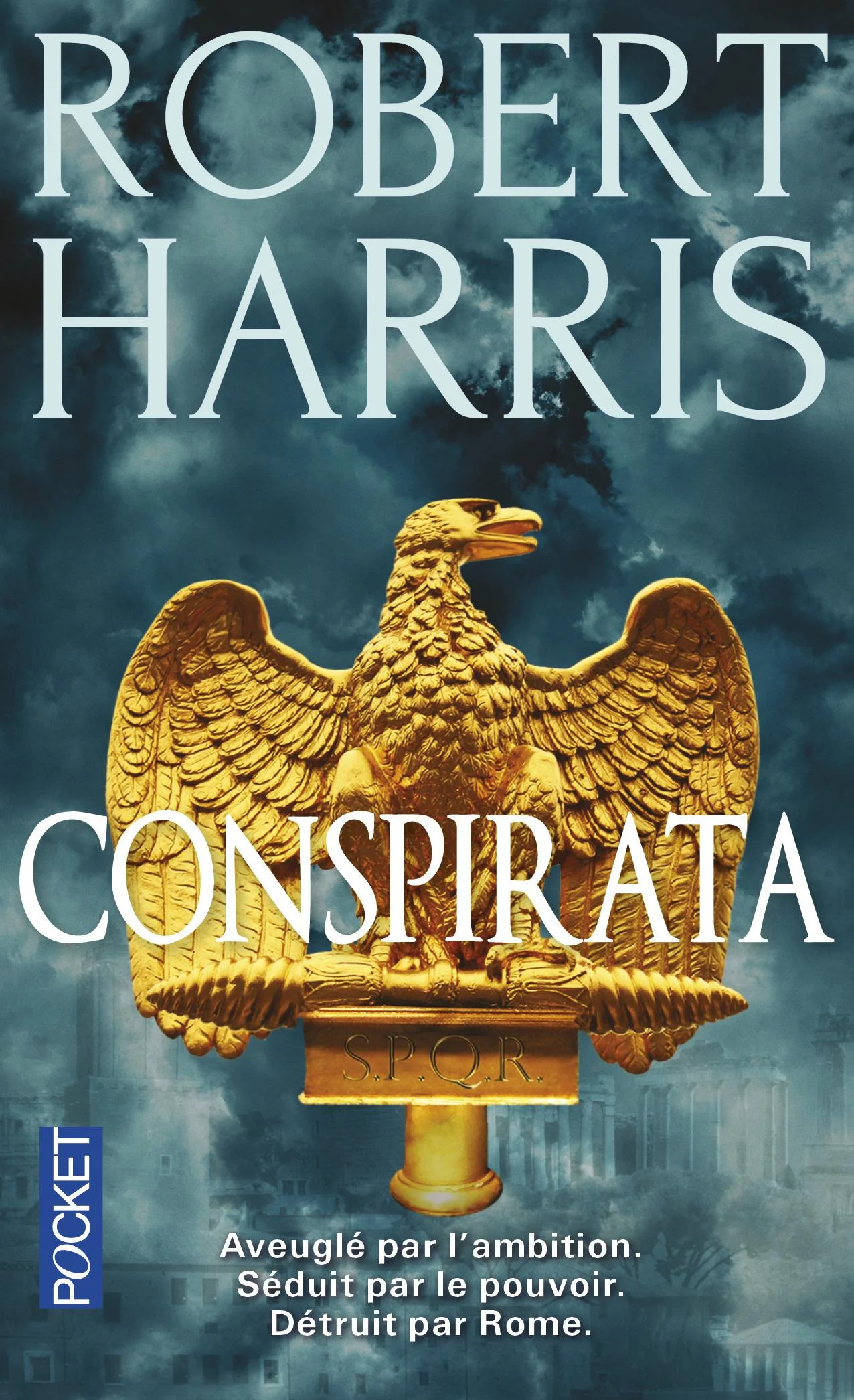Andy Weir’s THE MARTIAN
Review by Dennis D. McDonald
THIS REVIEW CONTAINS SPOILERS
One of the things that makes this book so engrossing is how grounded in reality it is. The storyline seems at first to be quite straightforward: how does a lone astronaut, stranded on Mars, survive till the next scheduled expedition, given that he is left with insufficient air, water, and food? Most important, will he survive?
The novel details how the astronaut and NASA back on Earth figure out how to stretch resources till the next possible rescue that is more than a year away. Told mostly from the perspective of the astronaut’s personal journal and the NASA staff directly involved, the engineering and mathematical foundations for each step followed to address the air, water, and food shortages are detailed.
Perhaps the best way to describe the novel is not “science-fiction” but “rescue/survival procedural” where each detail is grounded in recognizable technology.Some of my most favorite details:
- Dealing with the practical details of long-distance radio transmission.
- Numerous examples of Murphy’s Law.
- The practical benefits of having a really smart people running things when it really matters.
- When all else fails use Morse code.
I listened to the Audible version of the novel narrated by R. C. Bray. It’s not just read, it’s performed. Each character has his or her own accent or personality, no matter how “small” the part.
Is the story “believable”? While the technical and mathematical details are — or seem — highly realistic, I think it unlikely that an astronaut could survive traveling the long distances as detailed here. Nor do I think the equipment could survive that long and still be kept in working order as detailed here; there would probably be more instances of problems like the ruptured airlock seal but not survivable or recoverable.
But that’s okay. I like reading a “no-nonsense” survival story now and then that’s tight, well-written, believable, and not hopeless. Most of all, this is a “can-do” story. It’s like the line at Apollo 13: “let’s work the problem, people.” This novel shows better than most what it’s like to “work the problem” and how it pays be creative, smart, disciplined, and brave.
That’s not a bad message in these times when so many in government and the media are calling into question the basics of science and scientific research!
Review copyright © 2015 by Dennis D. McDonald


